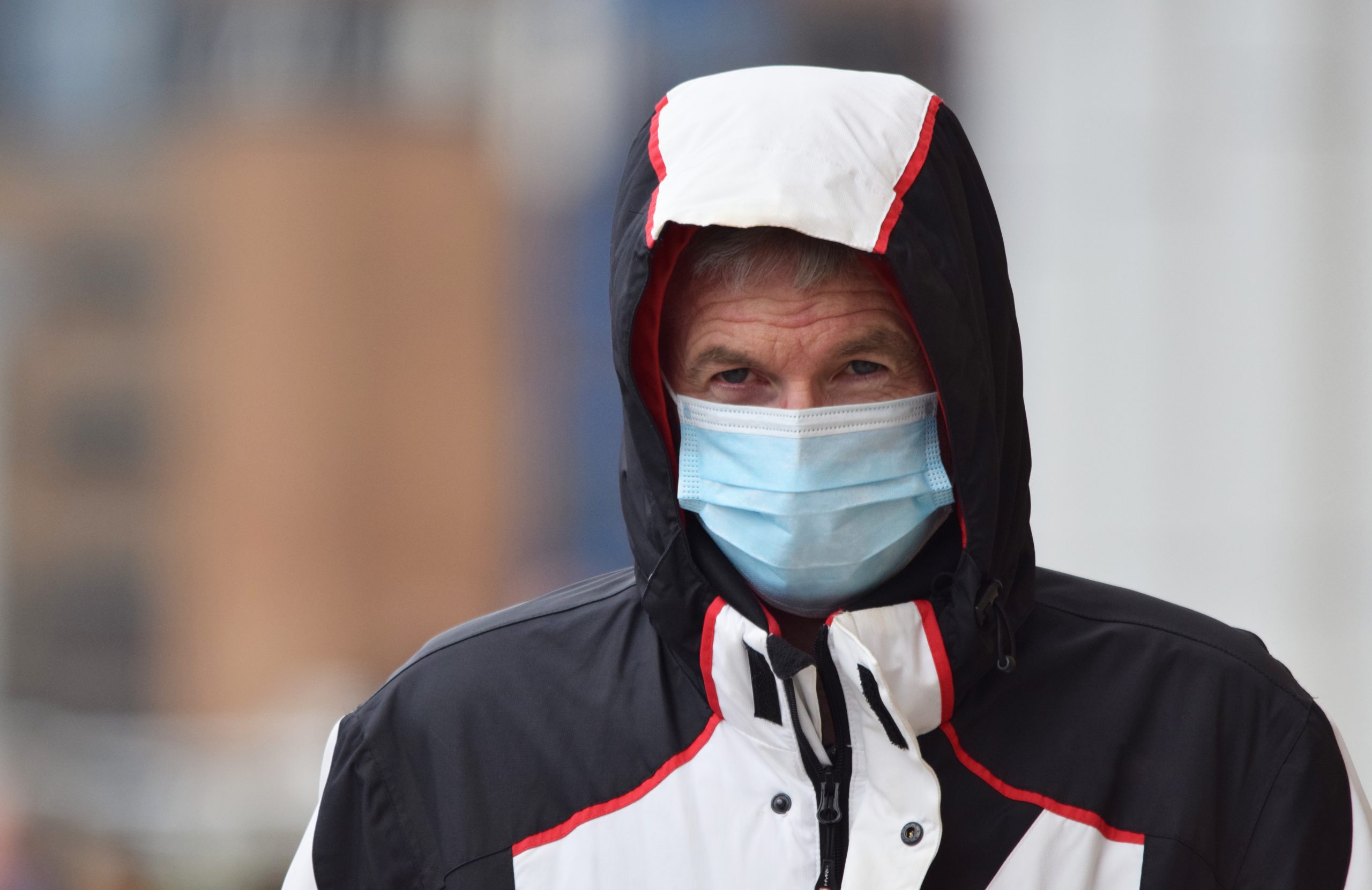Household Bills
Self-isolating workers ‘should be furloughed’

The furlough scheme should be used to encourage workers at risk of Covid infection to self-isolate, according to the Resolution Foundation.
A report by the think tank, titled Time Out, says the government should use the Coronavirus Job Retention Scheme to encourage more workers to self-isolate at home as the current sick pay regime is failing to support people.
The report points out that self-isolation will continue to play a crucial role in fighting Covid-19 throughout 2021 as the vaccine is rolled-out. However, the head of Test and Trace, Dido Harding, has admitted that financial difficulty means some people are not self-isolating when they should.
Time Out looks at the efficacy of the UK’s statutory sick pay regime and Test and Trace payments during the Covid-19 crisis, and considers the case for reform.
The report notes that the main support available for employees asked to self-isolate at home is statutory sick pay (SSP) at just £96 a week. This equates to less than a quarter of a typical employee’s previous earnings.
Worse still, two million employees earning less than £120 a week are not eligible for SSP. This affects one in four part-time workers, and one in seven workers in retail, hospitality and leisure. These workers would be left with no income at all if they self-isolated at home.
The government has acknowledged the limitations of SSP by introducing £500 Test and Trace support payments for people entitled to benefits.
However, the report finds that these more generous payments are not reaching enough people, with only one in eight workers entitled to them.
Data supplied by local authorities across West Yorkshire – an area which has had one of the highest infection rates in the UK over recent months – showed that just 1,783 payments were made between 12 October and 25 November.
With financial support for self-isolating at home playing a critical role in helping to bring Covid infections down, the report calls for a more effective, generous and easy to deliver support regime to be put in place.
The foundation suggests that self-isolating workers are paid by the Coronavirus Job Retention Scheme. It says extending the furlough scheme to include self-isolation payments would ensure workers retained 80% of their previous earnings.
The foundation estimates this would cost £426m a month (up from around £112m which is spent on statutory sick pay) if 643,000 employees used the scheme.
It also suggests self-employed workers should be paid pro-rata via the self-employment income support scheme (SEISS), with grants of up £830 awarded to self-employed workers who need to self-isolate for 10 days, if they haven’t already claimed.
The Resolution Foundation also says that self-employed workers not entitled to SEISS should be paid via enhanced employment and support allowance (ESA).
It says this payment should be uprated by £20 to £96 a week – in line with the uprating of Universal Credit – when people are asked to self-isolate.
Maja Gustafsson, researcher at the Resolution Foundation, said: “Getting people to self-isolate at home is one of the important tools we have in combatting Covid-19. But asking workers to do that often involves a major financial sacrifice – and the UK’s sick pay regime has been woefully inadequate in providing the necessary support. Many more Covid infections will have taken place as a result.
“Coronavirus vaccines will take many months to roll out, so more workers will need to self-isolate at home to contain the spread of the virus next year. Given the failure of the current sick pay regime, the government must turn now to the far more successful job support schemes to provide workers and firms with the financial support they need to do the right thing.”